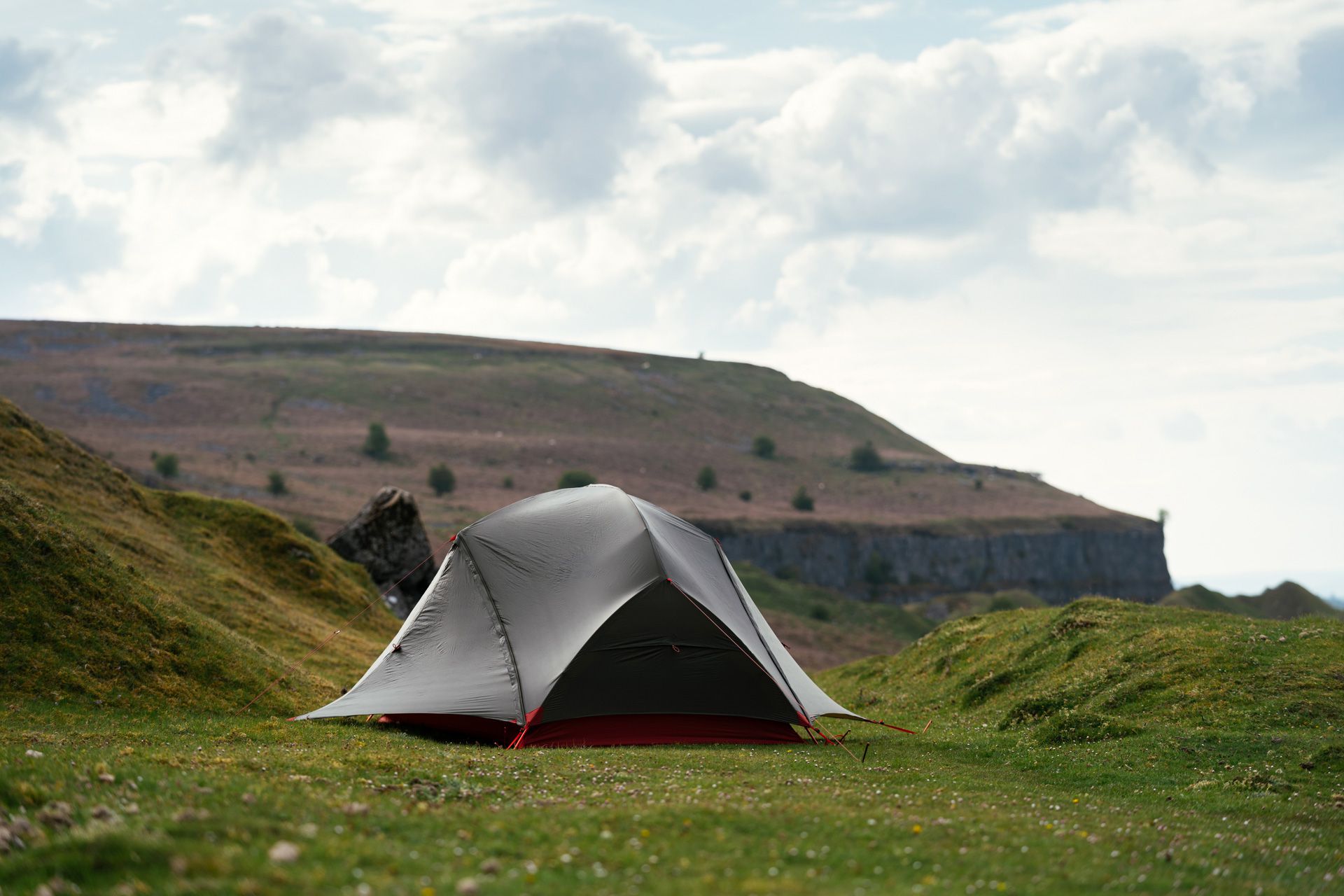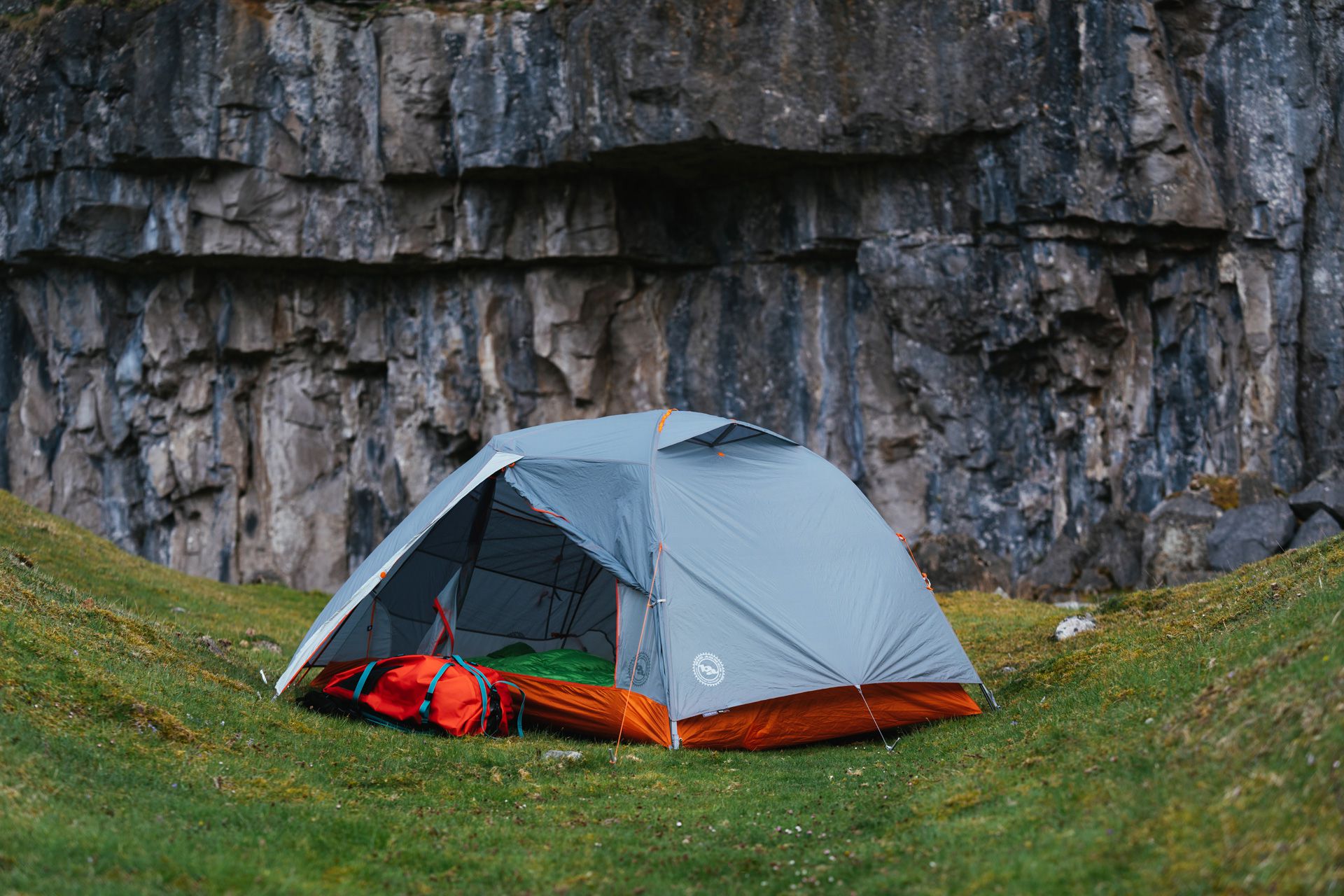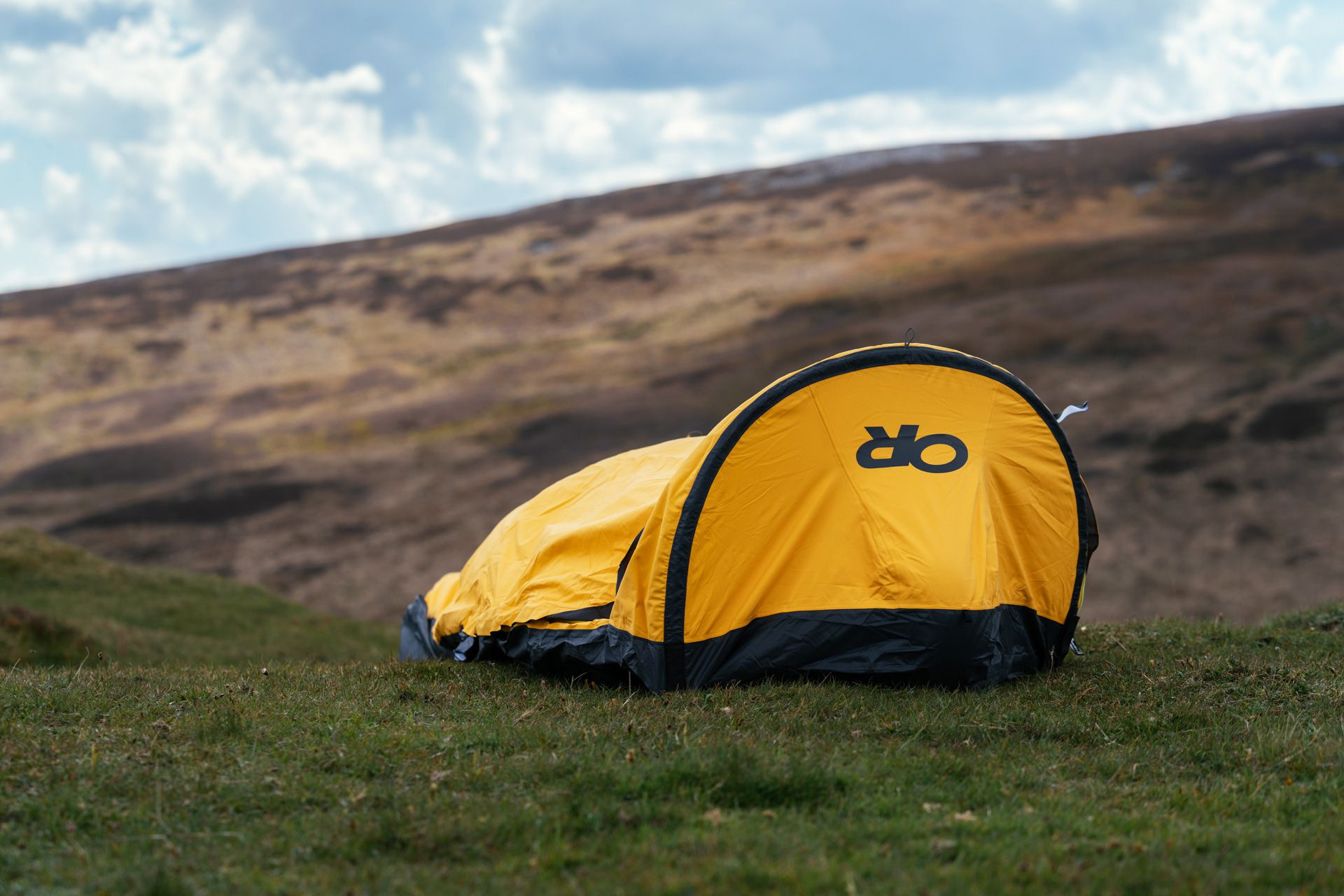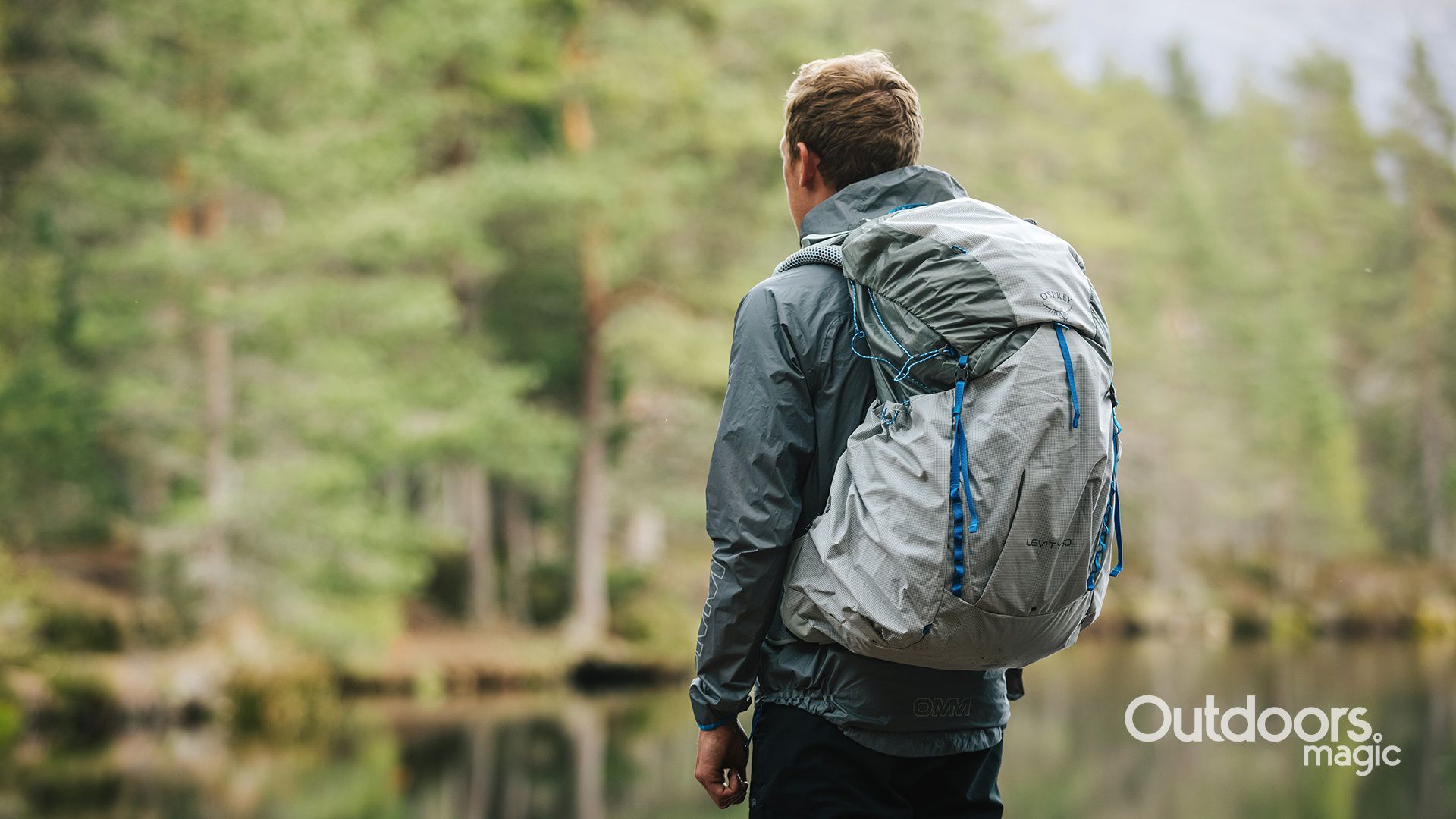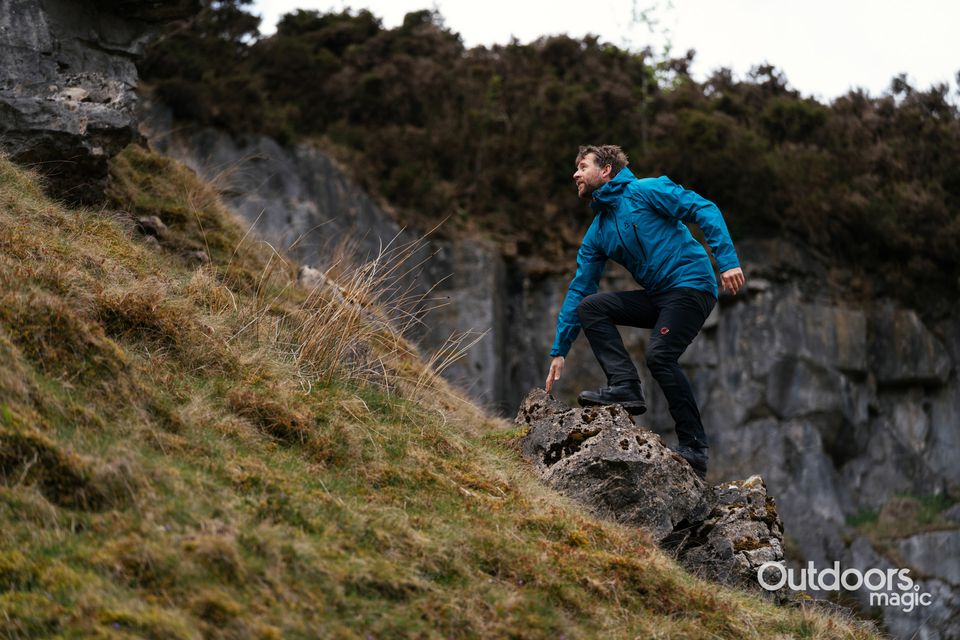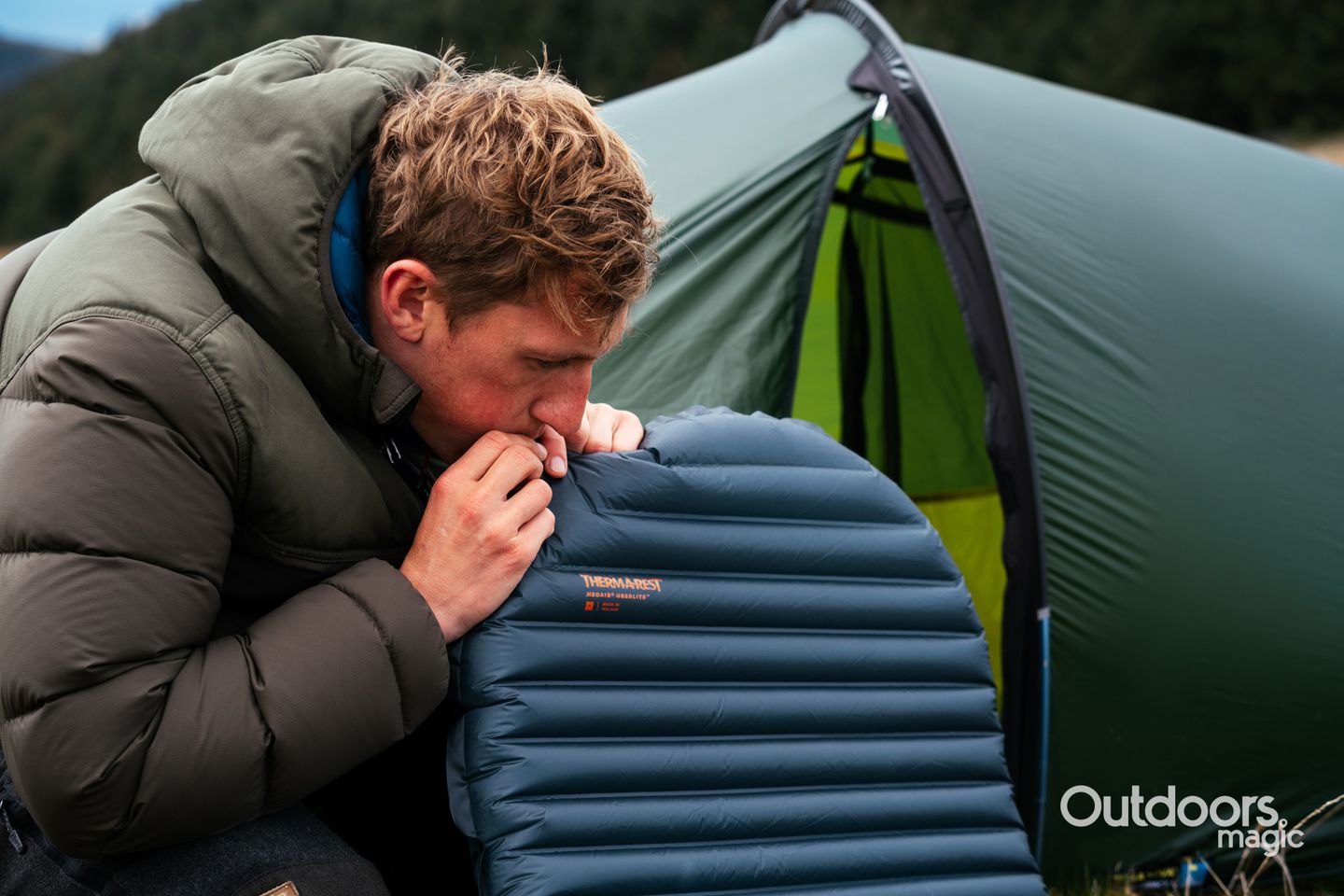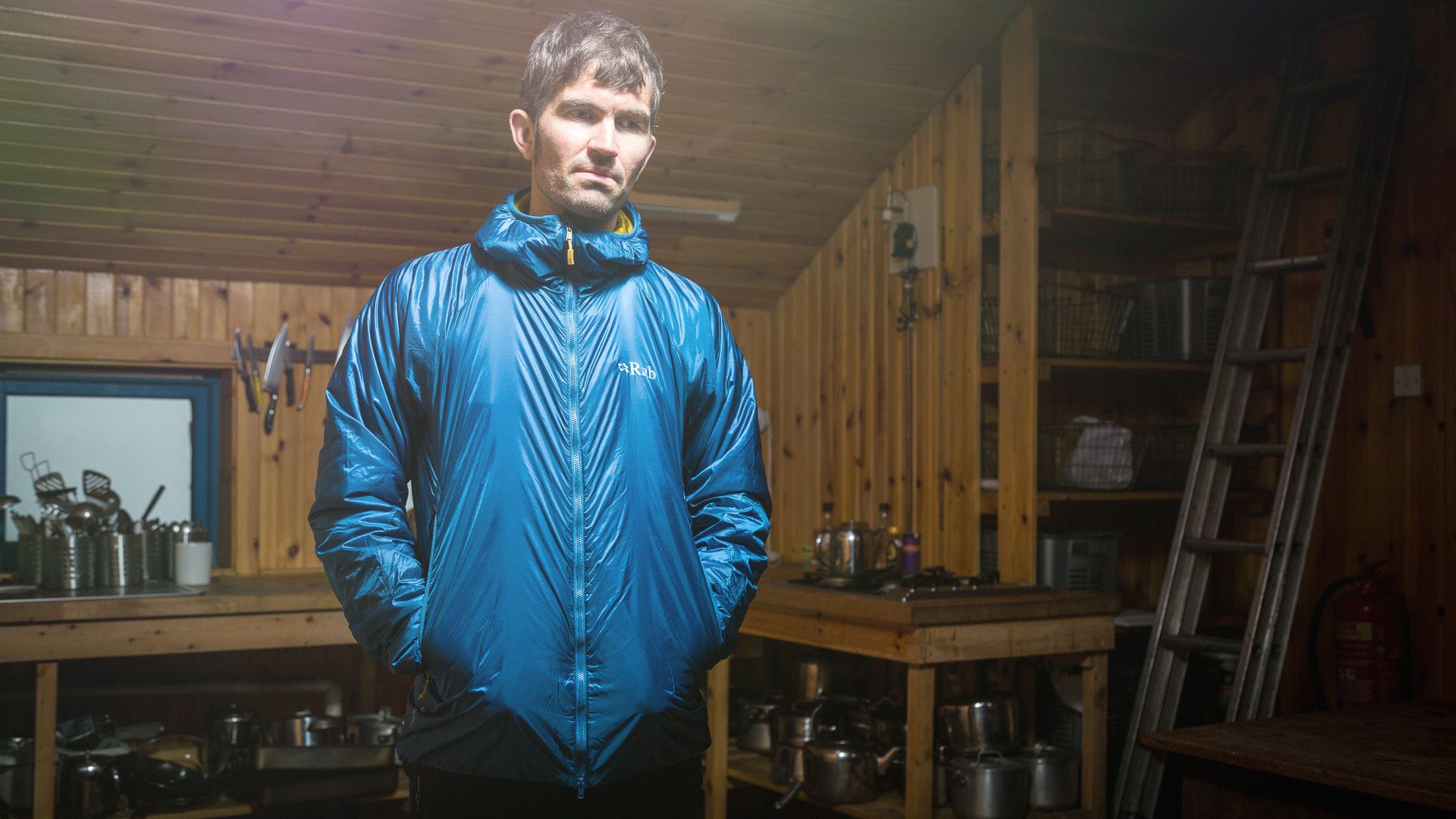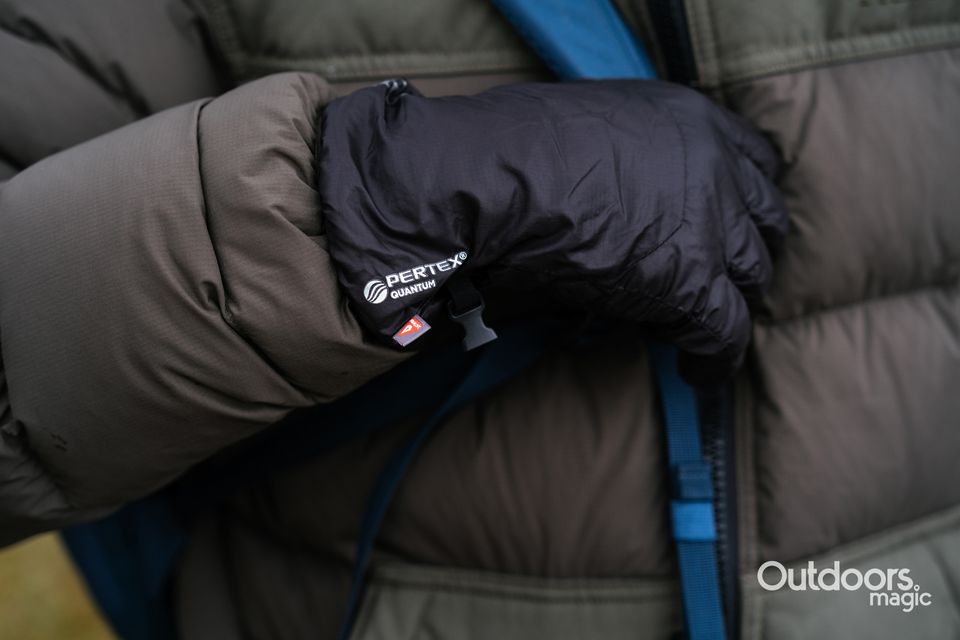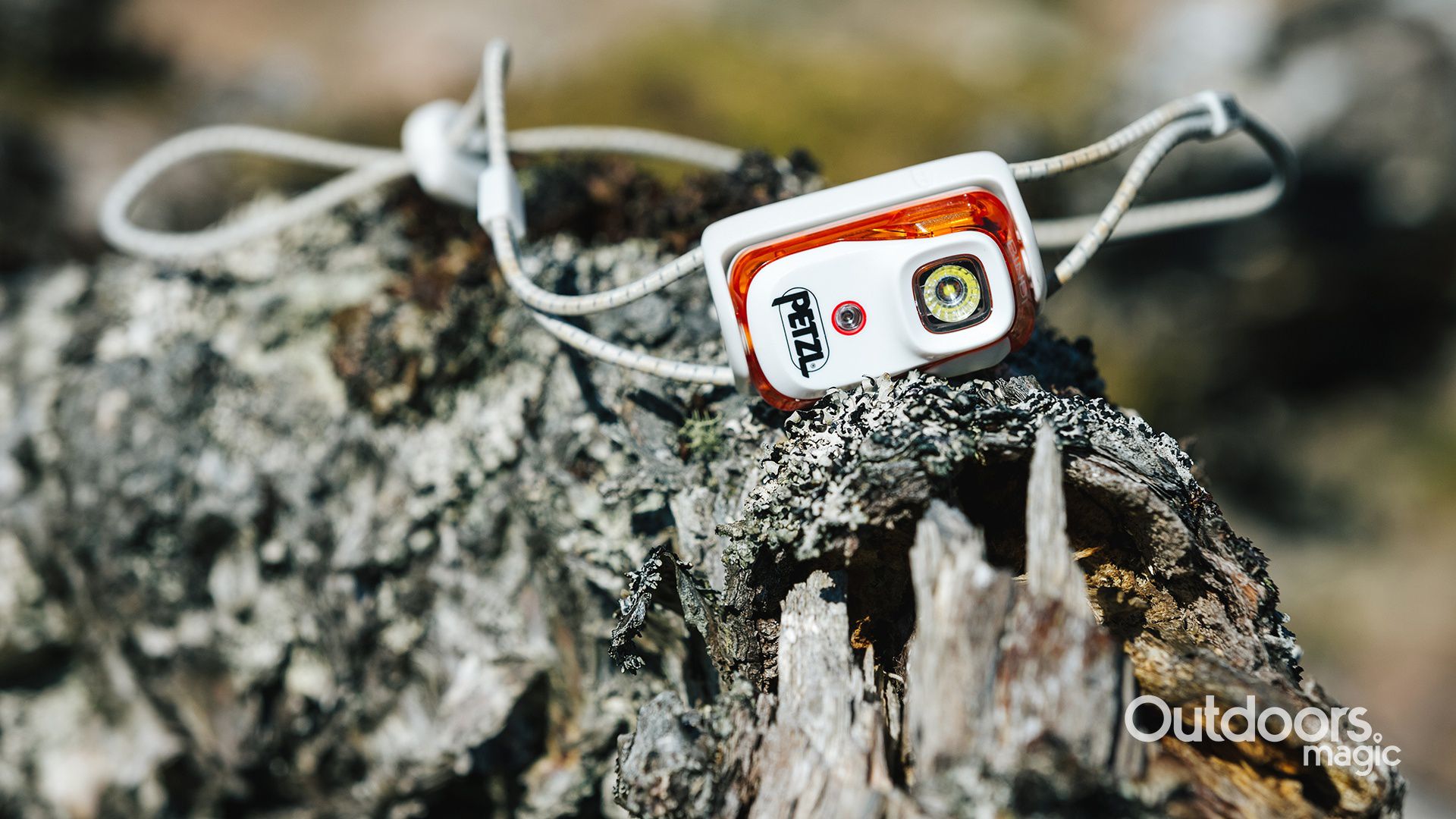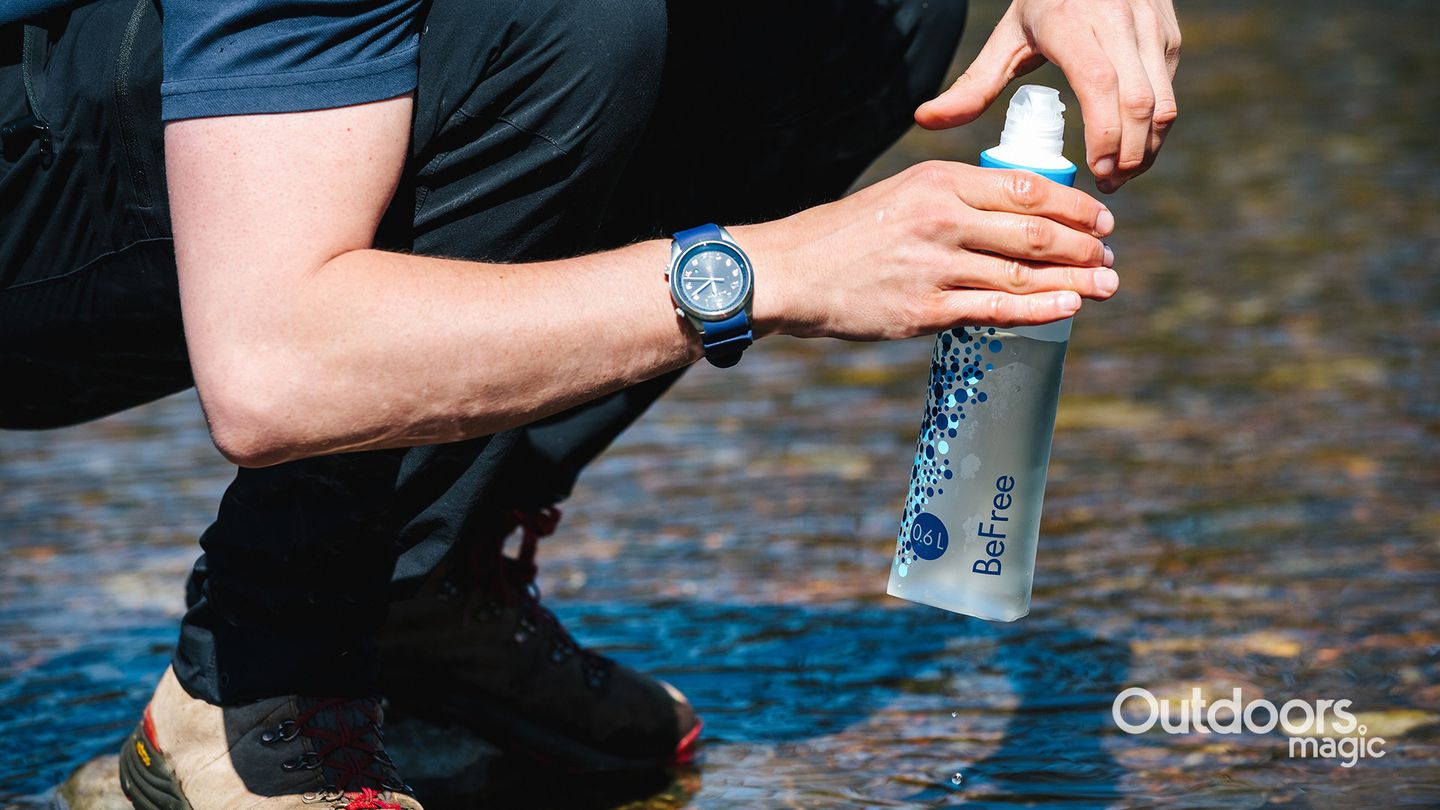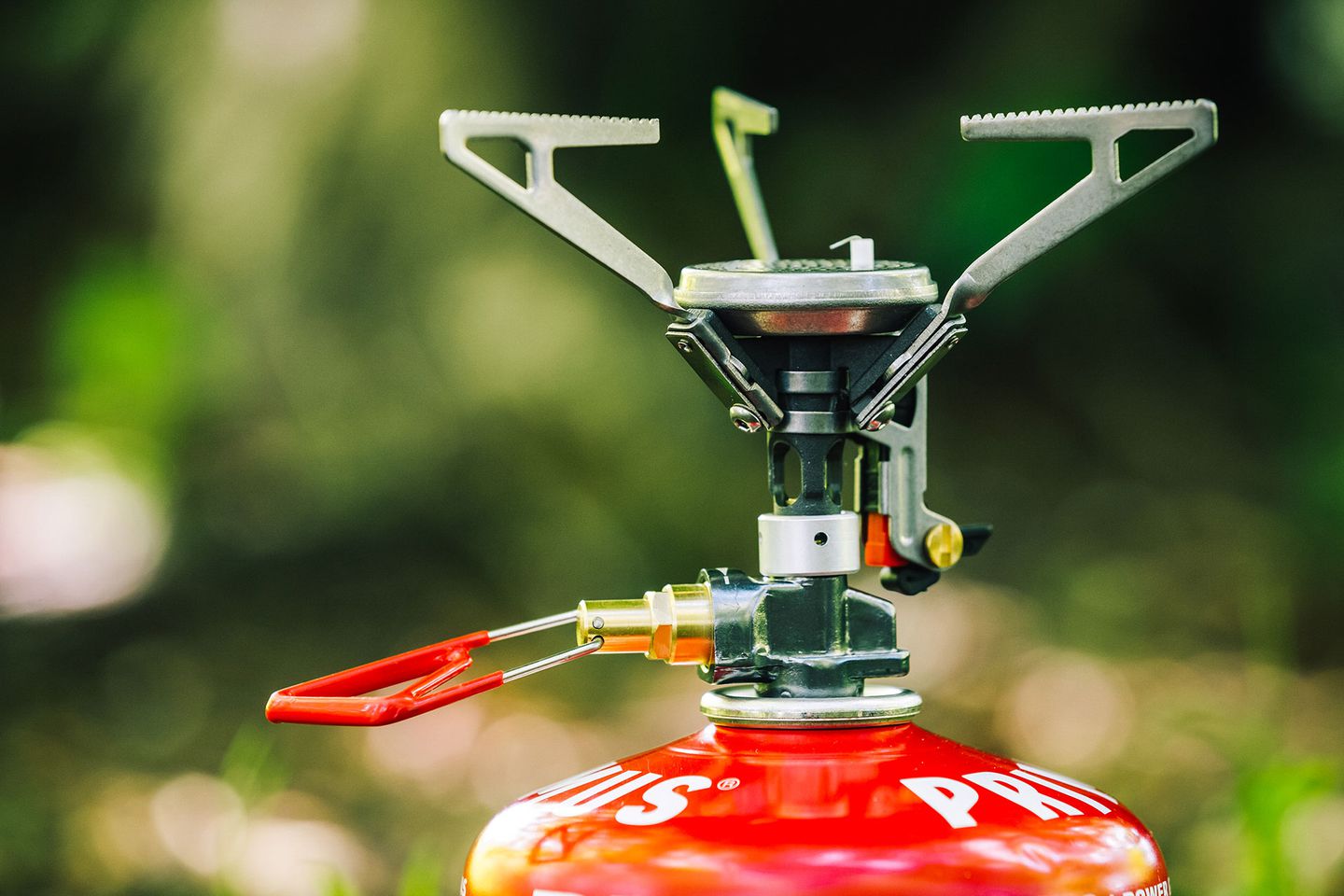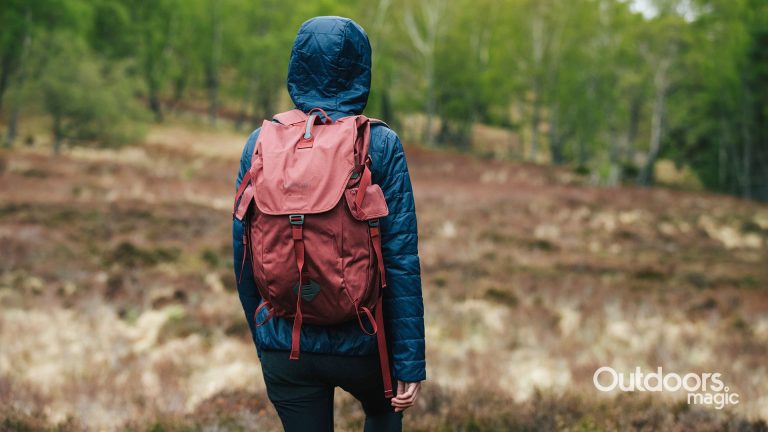Every backpacker will at some point in their hiking life have set off for a long walk and immediately started wondering whether they had packed too much – for some people it’ll happen on every big trip they go on. It’s all part of the learning curve, because being comfortable with your pack weight comes with experience. The more hikes you go on, the more you’ll be able to refine your kit list and come to work out what you need, what you don’t, what’s working for you and what’s not.
Some people are so experienced with this that they’ve got their ultralight backpacking kit list down to something resembling fine art. For those without that experience, you can get off to a good start by knowing what kind of gear you should be looking for…
Ultralight Backpacking Tips
It’s important to know that an ultralight approach isn’t necessarily always a good idea. You shouldn’t try and go as light as you possibly can for every single trip you go on, but instead, pack appropriately for the conditions you can expect. For instance, if you’re heading up high and/or camping in winter, that sub 1000g tent probably isn’t going to cut it for you. The same goes for things like sleeping bags and warm layers. Pack with your safety in mind first and with convenience second.
“My advice is to think about the weight of your ‘big three’.”
Be too puritanical with your packing and you might be light footed on the trail, but you could be in for some rough nights. Conversely, if you go for luxurious comfort at night, you’ll probably have the weight to bear in the day. Good ultralight hikers know how to strike the perfect balance (for them) between comfort during the day and comfort during the night.
The classic tips for ultralight backpacking that we often hear are to cut your labels off your clothing, and to snap your toothbrush in half. That kind of stuff might sound a little bit drastic, but it does encapsulate what an ultralight approach is all about – marginal gains. My advice, however, is to think about the weight of your ‘big three’ before you get into that kind of stuff. That’s your tent, sleeping bag and sleeping mat. If those are all light and with small pack sizes, you’re off to a very good start.
There’s a lot of expensive kit for lightweight minimalist backpacking out there (a lot, admittedly, in this article) but don’t think that you can’t go light without spending cash. It’s actually all about improvisation. Do you really need to buy high-spec pots when the Tupperware container you have will do they job? Could you just bundle your clothes into your sleeping bag’s stuff sack to make for a pillow rather than buying a self-inflating velvet pillow? Would a bit of bubble wrap do for your sleeping mat instead of that £140 one you saw in the shops? That all does of course depend on how far you want to tip that day/night comfort scale!

